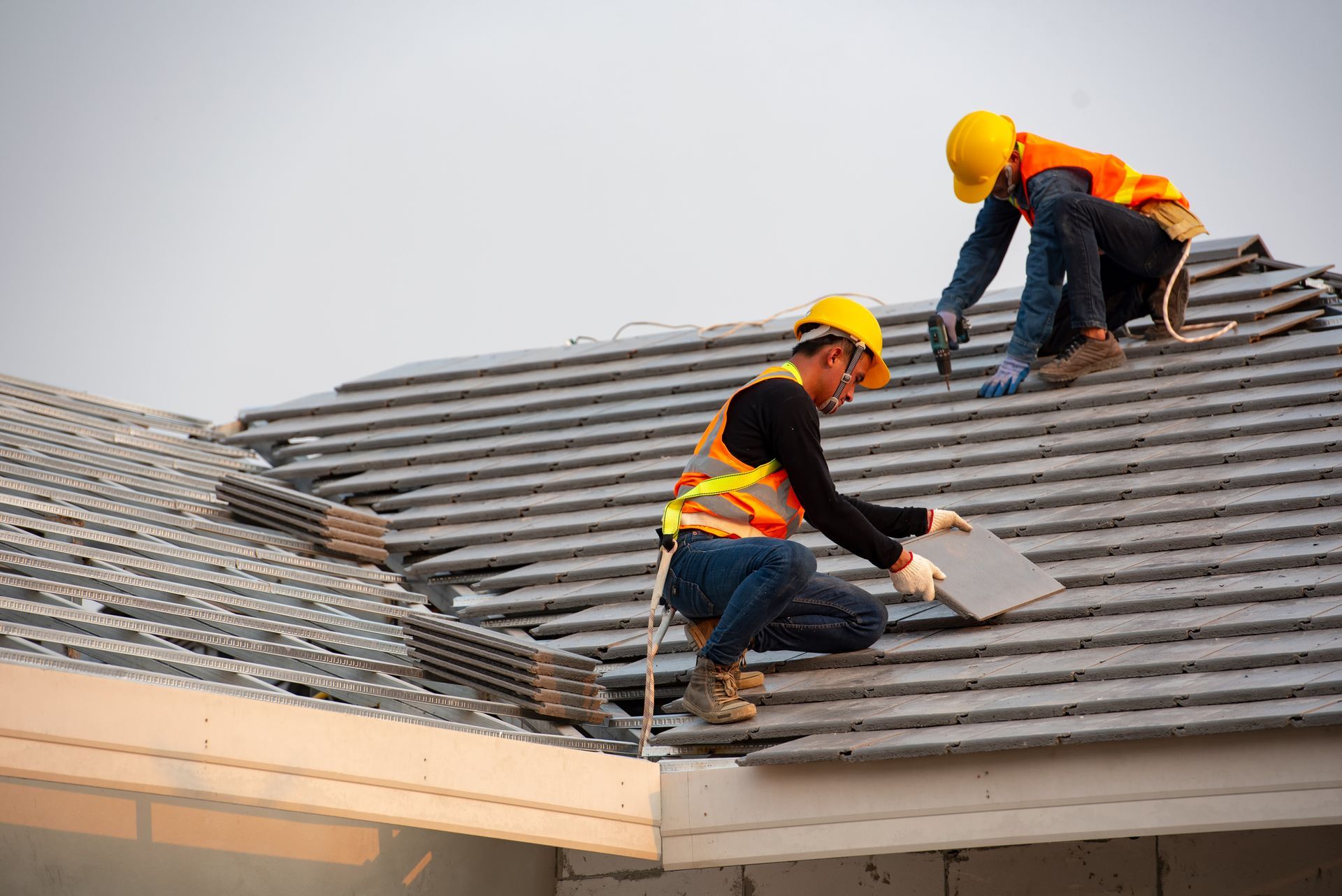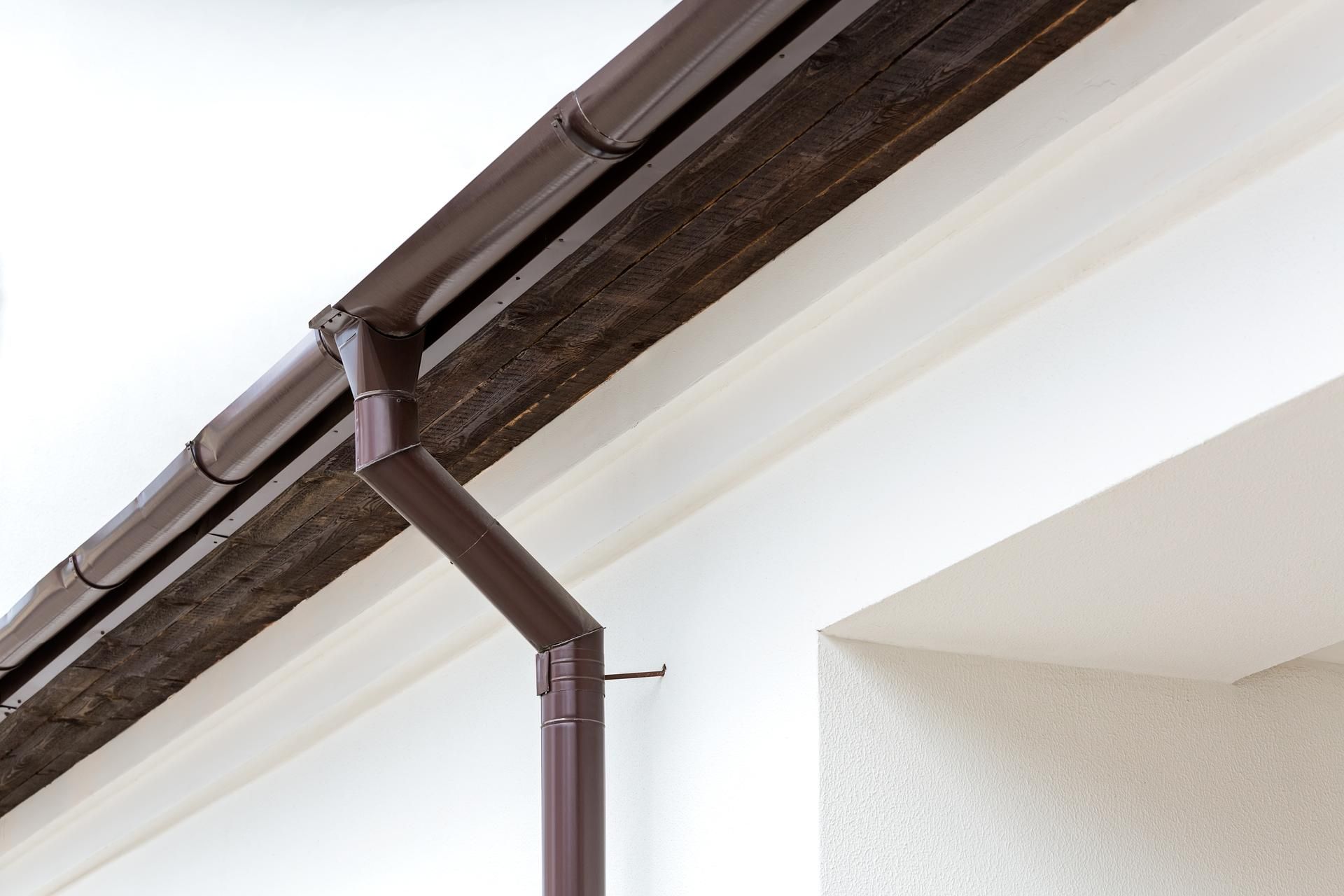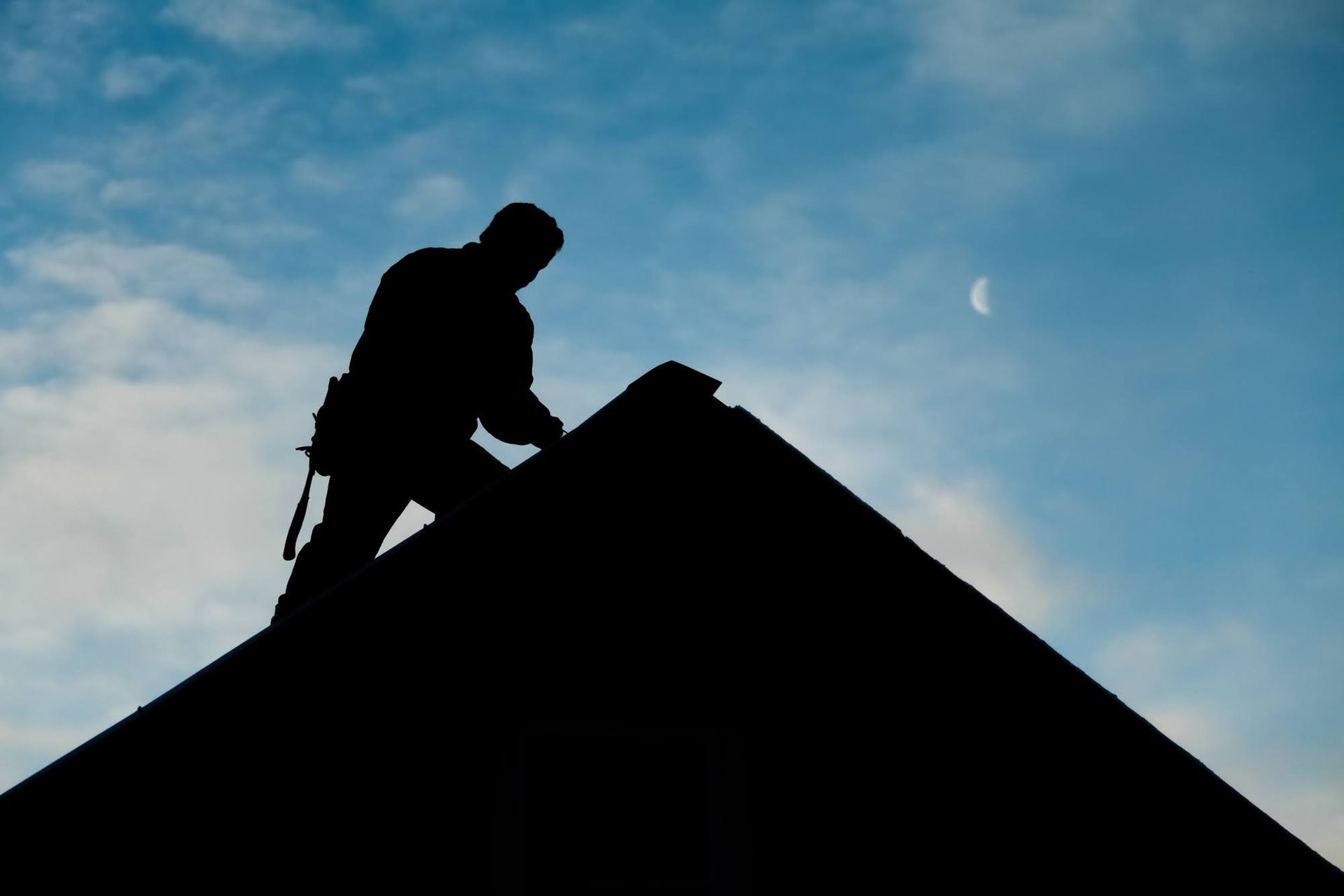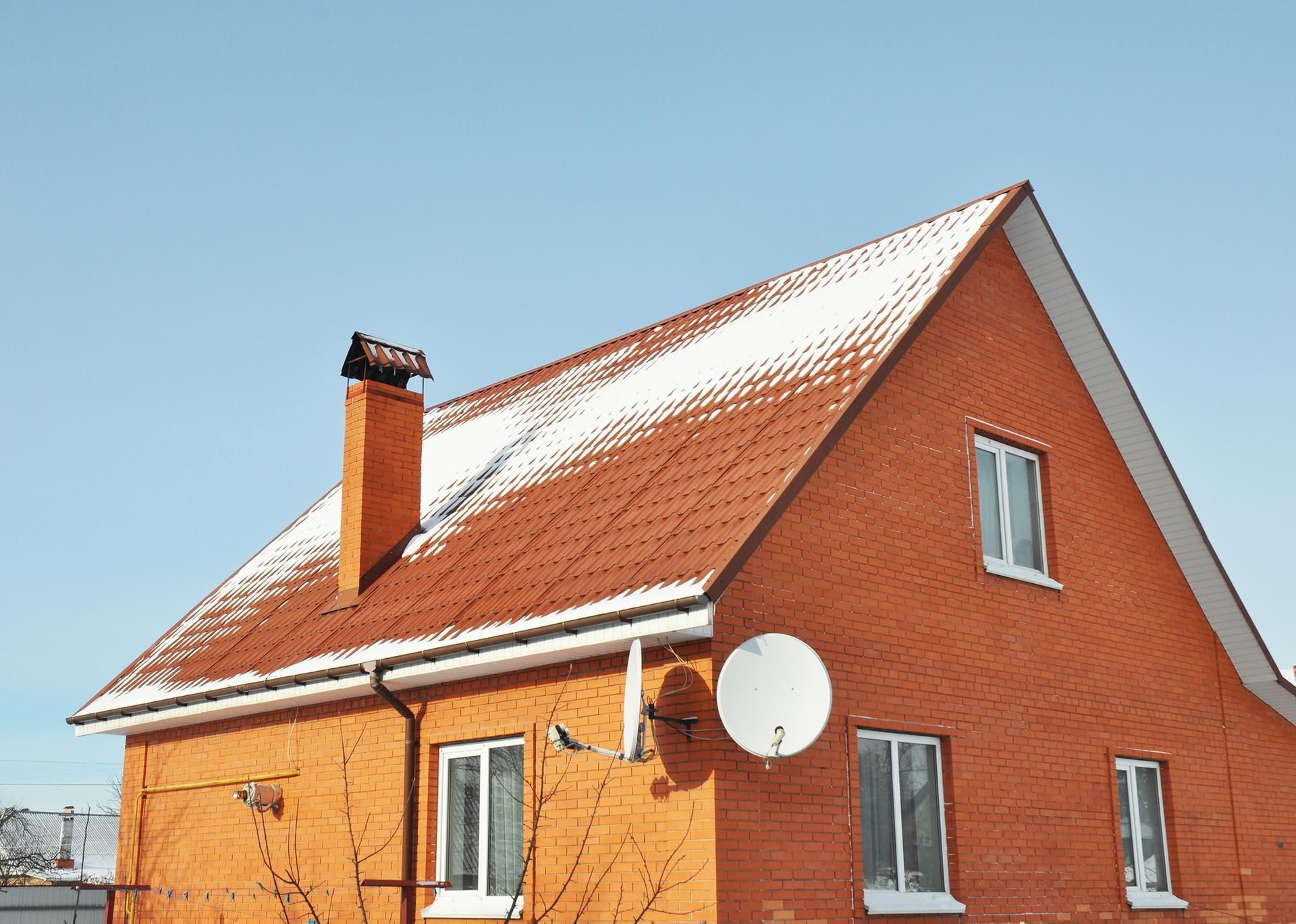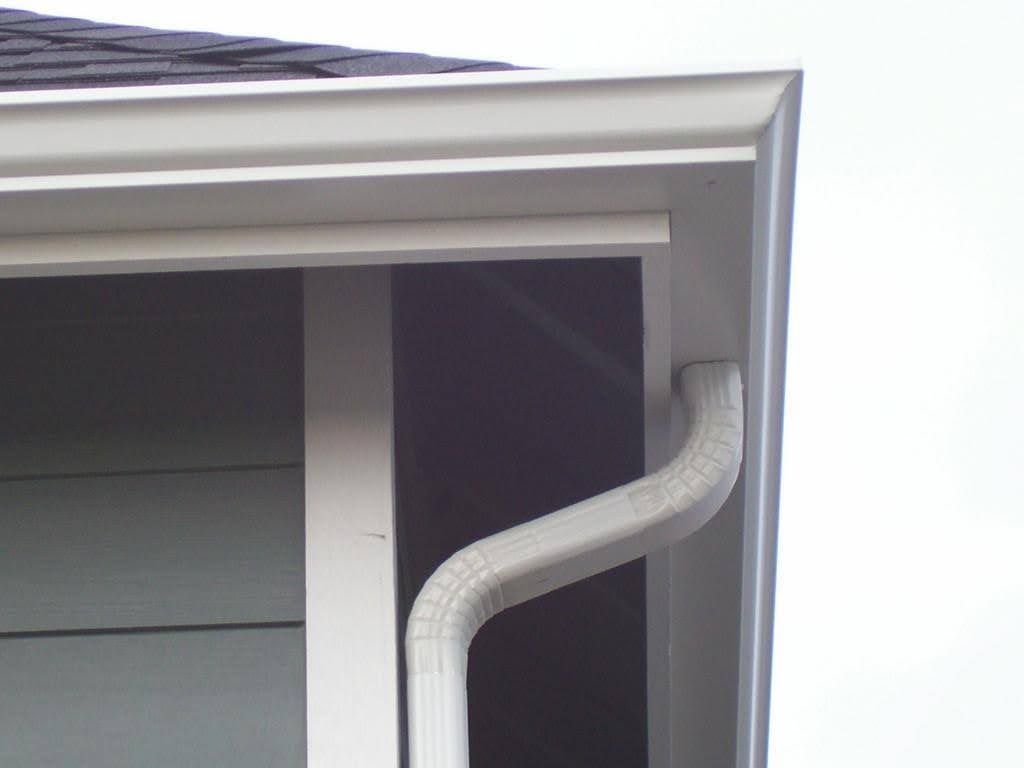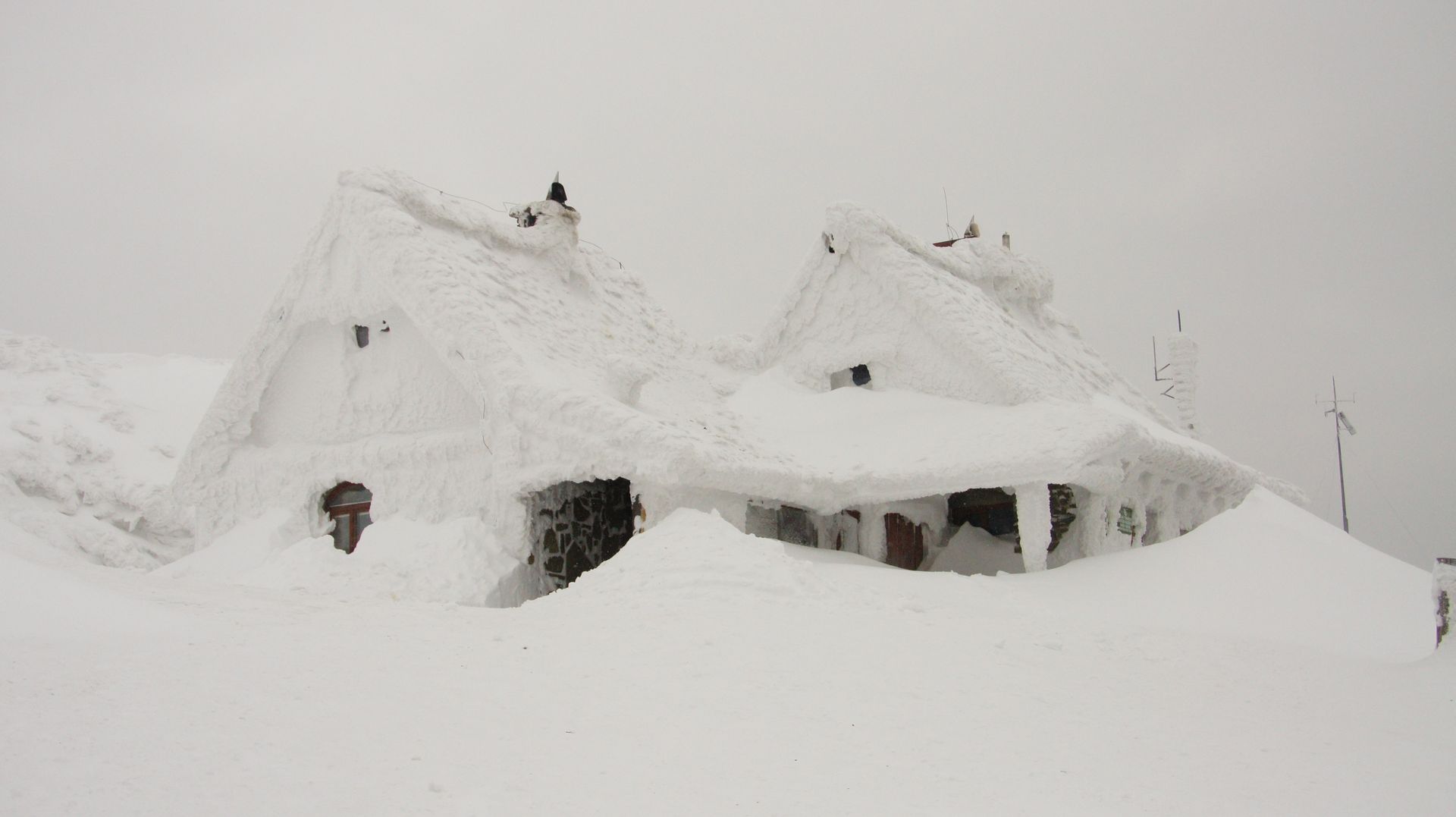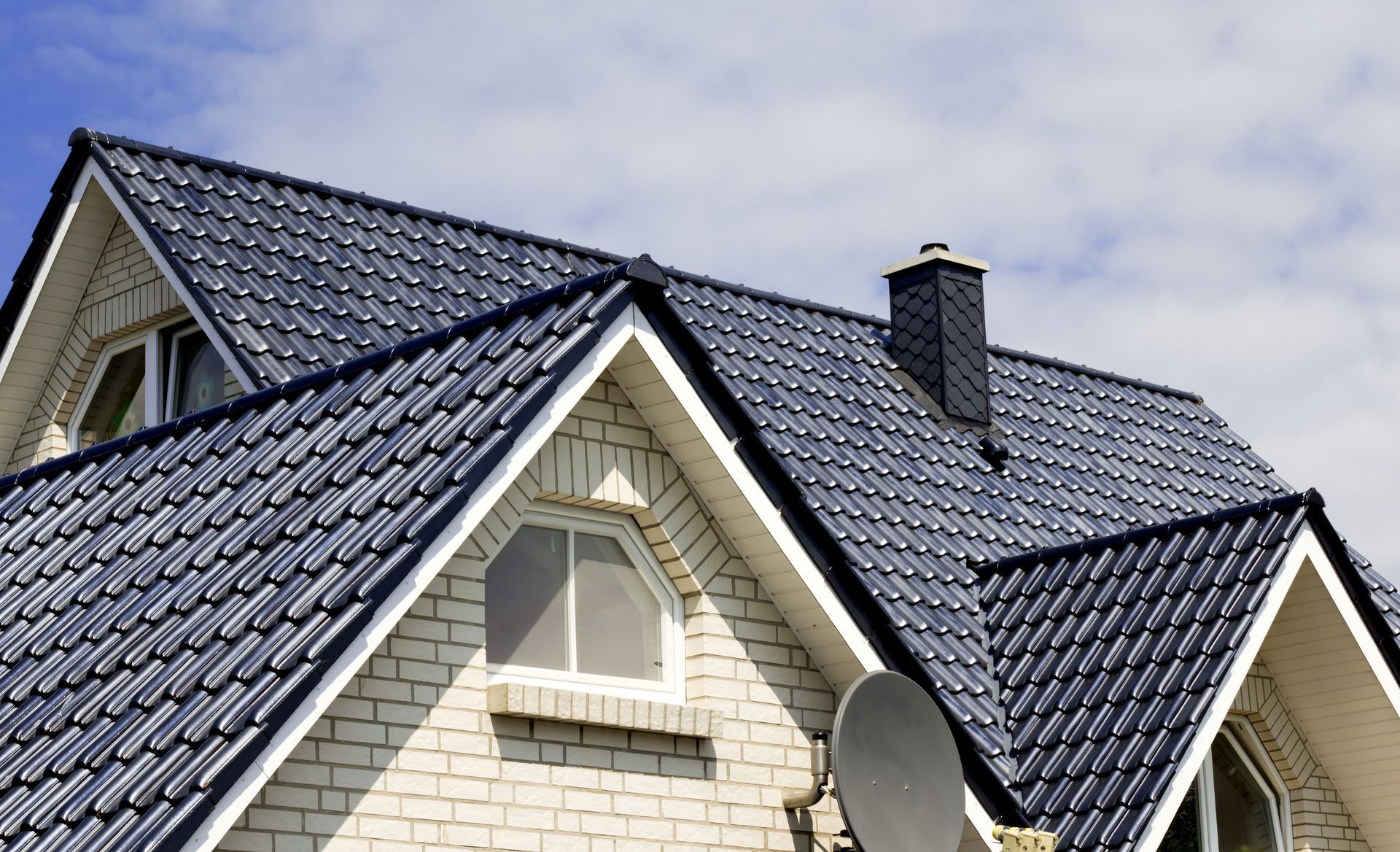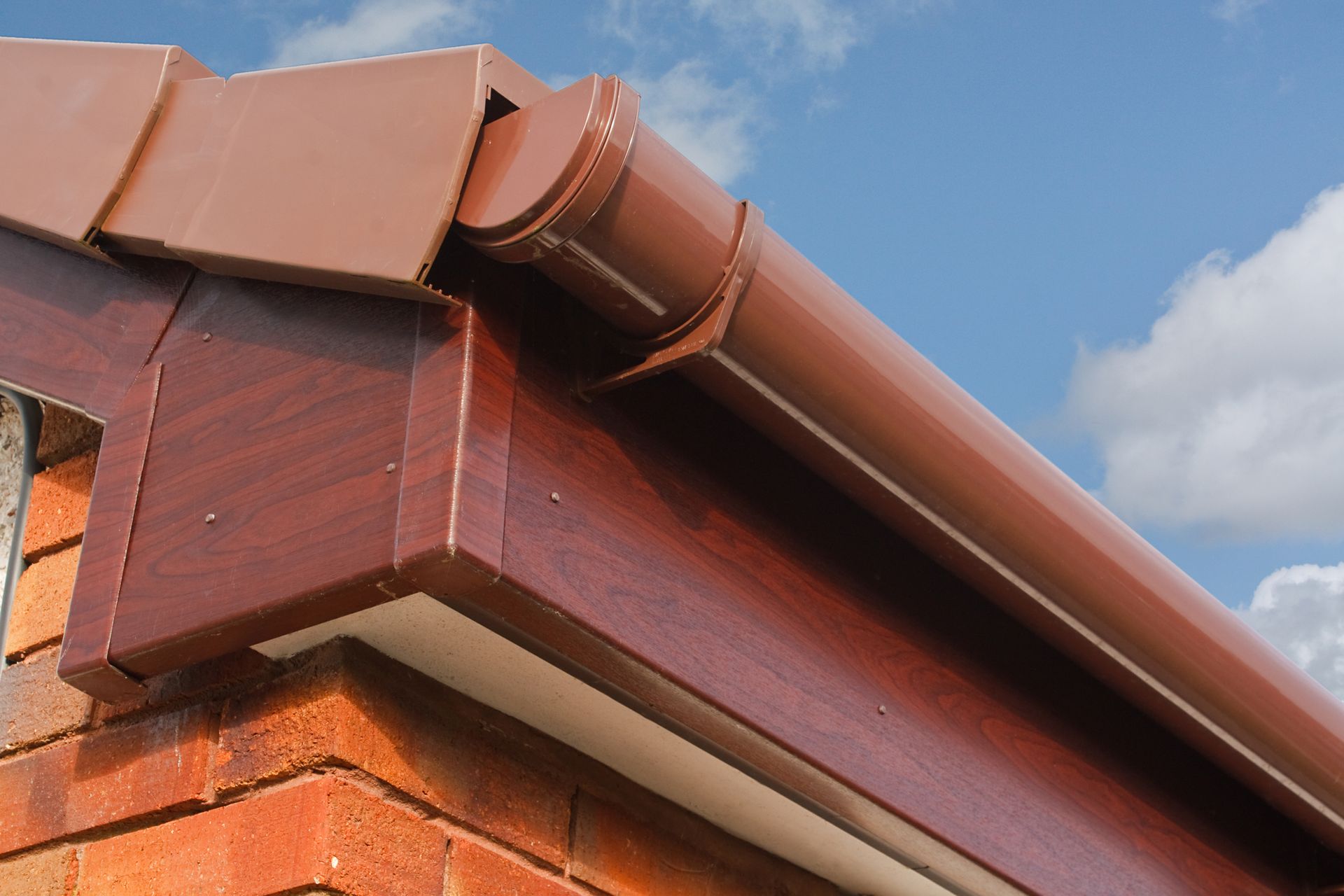How Winter Weather Influences Different Roof Types
Whether you live in an area prone to heavy snowfall or regular bouts of freezing rain, your roof is likely to go through various seasonal strains during the coldest months of the year. But the type of roof you have can greatly influence how it withstands these winter challenges.
This blog post will shed light on how winter weather affects different roofs and offer insights into their performance, durability, and common problems to expect.
Asphalt Shingle Roof
As one of the most common types of roofing in North America, asphalt shingle roofs have their unique set of challenges in winter weather. On one hand, shingles are pretty flexible and durable, allowing them to handle snow's weight relatively well. However, the repeated freeze-thaw cycle – where snow melts and refreezes into ice – can lead to severe damage.
When snow sits on your roof, it eventually melts, and the water seeps into the shingles. As temperatures drop during the night, this water refreezes and expands, which causes cracks and gradually weakens the shingles.
Additionally, ice dams - ridges of ice that form at the roof's edge- can cause problems for asphalt shingle roofs. As heat escapes through your roof, it melts snow and ice on the upper sections, which then refreezes when it reaches the colder eaves. This process repeats itself, resulting in large ice dams that can damage shingles and allow water to seep into your home.
In addition, an asphalt shingle roof's performance during winter largely depends on its installation and quality. High-quality shingles with proper installation and ventilation can effectively reduce the impact of winter weather. Strong winter winds can easily lift or crack the shingles if they're not properly nailed down or are of poor quality.
The constant exposure to cold temperatures can also make aging shingles more brittle and susceptible to breakage. This is something to keep in mind for older asphalt shingle roofs, which may require more frequent maintenance during the winter months.
Flat Roof
Flat roofs, while offering architectural interest and additional usable space, can face significant challenges during winter. Snow, a common element of winter weather, particularly poses a threat due to a flat roof's minimal slope.
Unlike pitched roofs, which allow snow to slide off, a flat roof's design means that snow can accumulate and build up over time, leading to an increased load on the roof's structure. This can risk causing structural damage or, in severe cases, even roof collapse.
As such, a flat roof's durability and performance largely depend on its load-bearing capacity and the quality of its construction and materials.
Specific issues that flat roofs might encounter during winter include snow drifting, ice dams, and moisture buildup. Snow drifting occurs when strong winds blow snow from one part of the roof to another, resulting in uneven distribution and potentially causing a higher load in certain areas.
Similarly, ice dams can form on flat roofs due to heat loss from your home and inadequate drainage systems. This can lead to water penetrating the roof's layers, causing leaks and structural damage.
For some flat roofs, particularly those with a gravel surface, winter weather can also cause issues with moisture buildup. As snow melts and accumulates on the roof's surface, it can get trapped between the gravel and roofing layers. This often leads to moisture infiltration, eventually damaging the insulation and other underlying materials.
Winter weather can be tough on your roof, regardless of its type. Even metal, wood, or slate roofs face unique challenges during the winter months. If you need more information on how to improve your roof's performance and protect it from seasonal strains, United Roofing LLC is here to help.
If you haven't already, schedule a roof inspection with us if you have any concerns about your roof's health. Our job is to ensure your roof is ready for whatever the coldest season brings!



